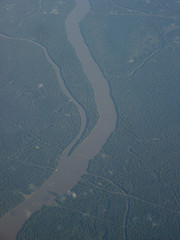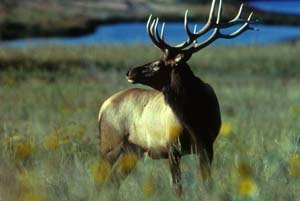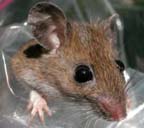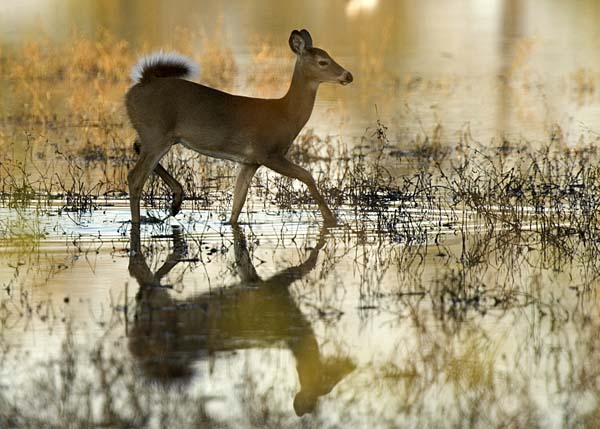 |
| Gregg Treinish |
Let’s say you need to keep tabs on pikas, those high elevation relatives of rabbits and hares that are under threat from global warming. The average citizen scientist can’t climb the scree fields of some of the continent’s highest peaks to report back on pika populations. What is a wildlife biologist to do?
Adventurers & Scientists for Conservation is a non-profit organization that seeks to match top-level adventurers with particularly difficult scientific research that requires the adventurers’ special skills.
For example, Adventurers & Scientists for Conservation has not just one, but 22 parties that are traversing the Pacific Crest Trail (a high-elevation scenic trail in the American West) collecting data on pika straw piles, urine stains, and sightings of the pikas themselves. While the projects that get media coverage run to the truly exotic, such as Himalayan mountaineers reporting on flights of bar-headed geese over the Roof of the World, the organization does plenty in the U.S., including projects involving wolverines, glacier worms, and whitepine and grizzly bears.
Organization founder Gregg Treinish is both a world-class adventurer and a scientist himself. He was named National Geographic Adventurer of the Year in 2008 for being the first person to trek the entire 7,800-mile Andes Mountain Range. He’s been a field technician for the USGS Montana Cooperative and Montana State University, and a field biologist with the University of Minnesota and Wild Things Unlimited, an independent research organization.
Read more about some of the organization’s adventurous successes in the Toronto Globe and Mail and the journal Science. Or, visit the organization’s Web site for details, including how to get your project on the list.






